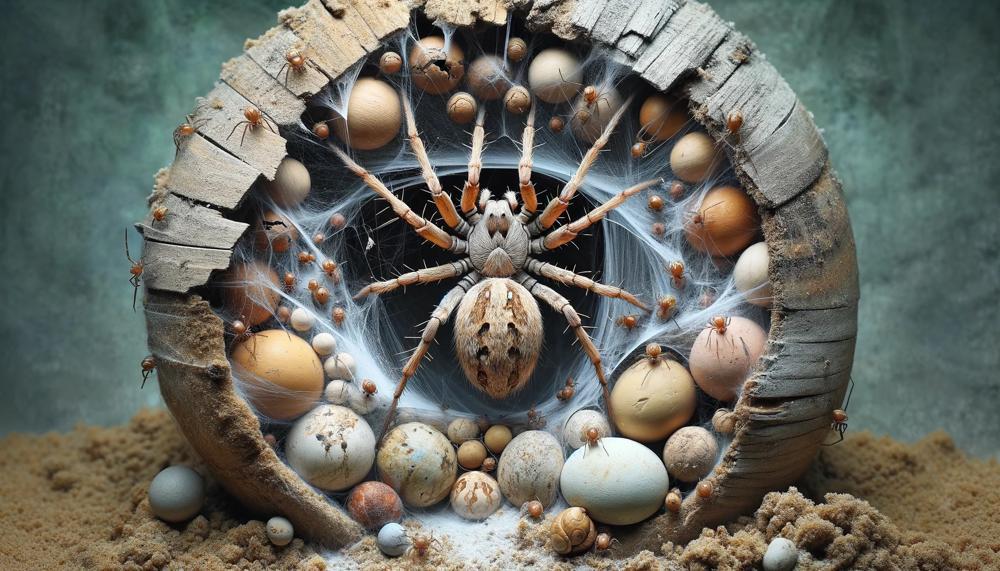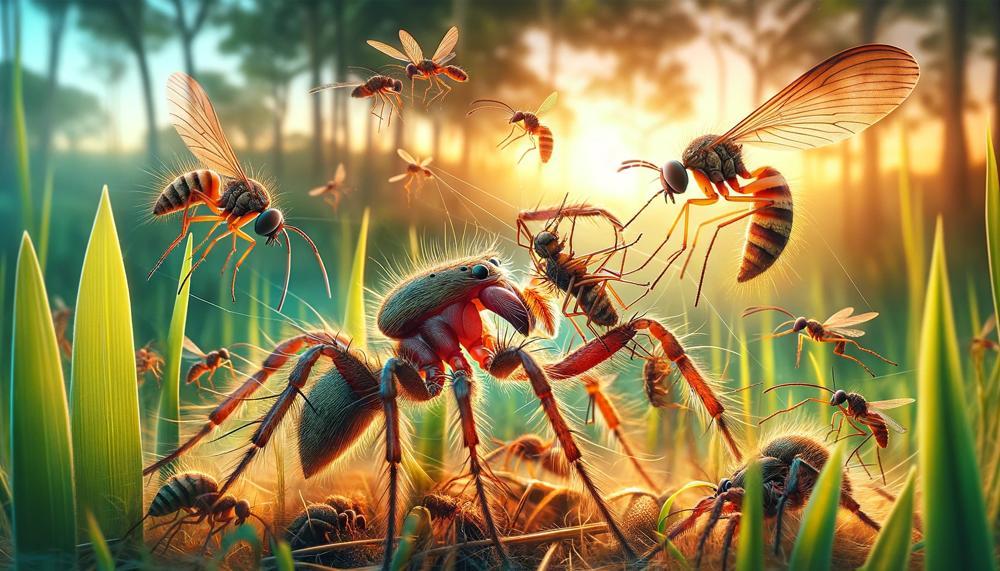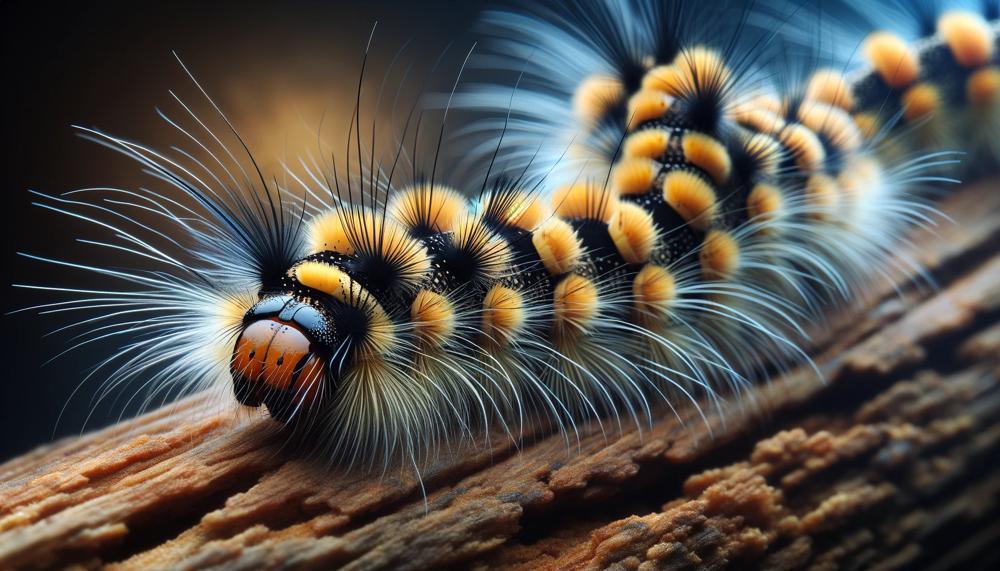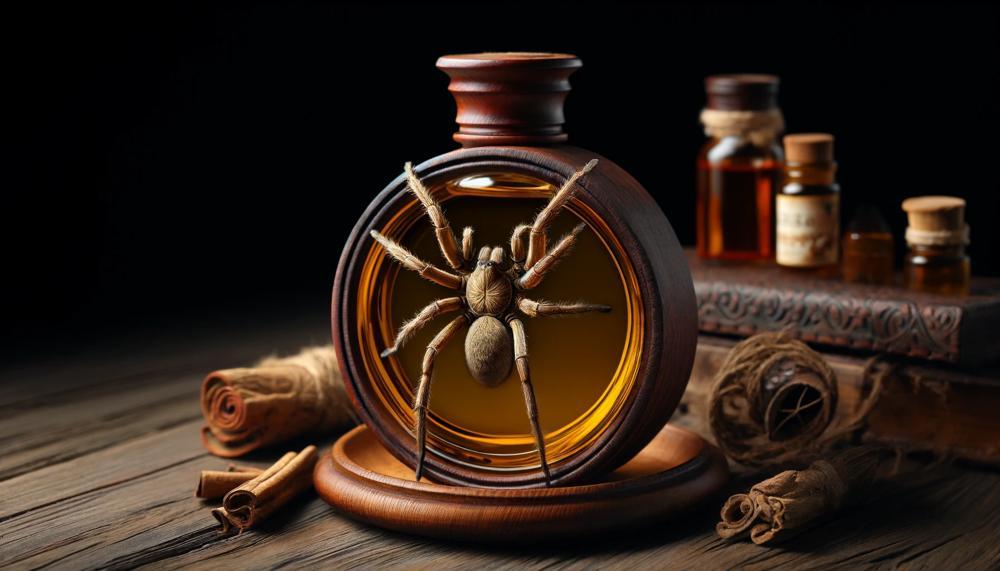People are often both interested in and afraid of basement spiders when they think of home bugs. These spiders are usually safe and do good things for the environment, even though their long, thin legs may make them look scary.
But having them around can be scary, especially if there are many of them in your home. You’ve come to the right place if you want to find natural ways to keep basement spiders away.
In this in-depth guide, we’ll learn all about cellar spiders, including how they behave, where they like to live, and why they might choose to make your home their home. And most importantly, we’ll teach you a variety of safe and natural ways to keep basement spiders out of your home.
So, how do you get rid of cellar spiders naturally?
Sure, here are some natural ways to get rid of cellar spiders:
- Remove Cobwebs: Use a broom or vacuum hose attachment to clean cobwebs from the ceiling, corners, and other nooks in the cellar1. Do this regularly if you notice any new webs have formed.
- Control Humidity: Cellar spiders prefer damp environments. Using a dehumidifier or improving ventilation can make the area less appealing to them.
- Seal Cracks and Crevices: Seal all cracks and crevices around doors, windows, and other entry points in your foundation to exclude pests from entering your home.
- Use Natural Repellents:
- Essential Oils: The best way to kill cellar spiders naturally is to use essential oils. Spiders cannot stand many of these oils, and peppermint is on the top of that list.
- Vinegar Spray: Vinegar is a contact killer.
- Garlic: Controlling cellar spiders with garlic is another natural method.
- Diatomaceous Earth: This is a non-toxic powder made from fossils of marine life and is deadly to spiders.
- Limit Food Sources: Consider setting up fly traps or other forms of bug control. Spiders feed on flies, mosquitoes, small moths, and other insects. What deters flies and bugs that flies like to eat, such as the termite, eliminates the cellar spider’s food source, making your cellar an unfeasible place for them to live.
So, if you’re ready to reclaim your home from these eight-legged inhabitants, let’s dive right in.
Table of Contents
- 1 Exclusion Techniques: Sealing Entry Points and Preventing Access
- 2 Natural Repellents: Using Essential Oils and Other Scents to Deter Spiders
- 3 Sticky Traps: Capturing Spiders Without Chemicals or Pesticides
- 4 Vacuuming and Cleaning: Removing Spider Webs and Eliminating Hiding Spots
- 5 Diatomaceous Earth: A Natural Powder for Crawling Insect Control
- 6 Companion Creatures: Introducing Beneficial Insects and Predators
- 7 Conclusion
Exclusion Techniques: Sealing Entry Points and Preventing Access
| Area | Potential Entry Points |
|---|---|
| Foundation Walls |
|
| Doors |
|
| Windows |
|
| Pipes and Wires |
|
| Vents |
|
Natural Repellents: Using Essential Oils and Other Scents to Deter Spiders
| Essential Oil | Application Method |
|---|---|
| Peppermint Oil | Dilute with water and spray around doorways, windows, and other entry points. |
| Tea Tree Oil | Add a few drops to a diffuser or vaporizer. |
| Eucalyptus Oil | Mix with water and spray directly on spider webs. |
| Lavender Oil | Place cotton balls soaked in lavender oil in areas where spiders are commonly seen. |
| Citronella Oil | Burn citronella candles or torches in the affected areas. |
Sticky Traps: Capturing Spiders Without Chemicals or Pesticides
| Mechanism of Sticky Traps: | Spider Entrapment: |
| Passive Capturing Method: | Physical Adhesion: |
| Non-Toxic Adhesive: | Trapping Without Harm: |
| Versatile Placement: | Monitoring Spider Activity: |
Sticky traps, a common tool in pest control, offer a chemical-free and pesticide-free solution for capturing spiders. These traps employ a simple yet effective mechanism to ensnare spiders without causing harm or relying on toxic substances.
- Passive Capturing Method: Sticky traps operate on a passive capturing principle, eliminating the need for active hunting or baiting. The traps are designed to attract spiders through their natural curiosity and movement patterns.
- Non-Toxic Adhesive: The key component of sticky traps is the non-toxic adhesive that coats the trap’s surface. This adhesive is specifically formulated to adhere to spider exoskeletons without causing any harm or discomfort to the spiders.
- Versatile Placement: Sticky traps can be strategically placed in areas where spiders are commonly found, such as corners, behind furniture, or near windows. This versatility allows for targeted spider control in specific areas of a home or building.
- Monitoring Spider Activity: Sticky traps not only capture spiders but also serve as a valuable tool for monitoring spider activity. By observing the number and types of spiders caught in the traps, homeowners can assess the severity of an infestation and make informed decisions about further pest control measures.
Vacuuming and Cleaning: Removing Spider Webs and Eliminating Hiding Spots
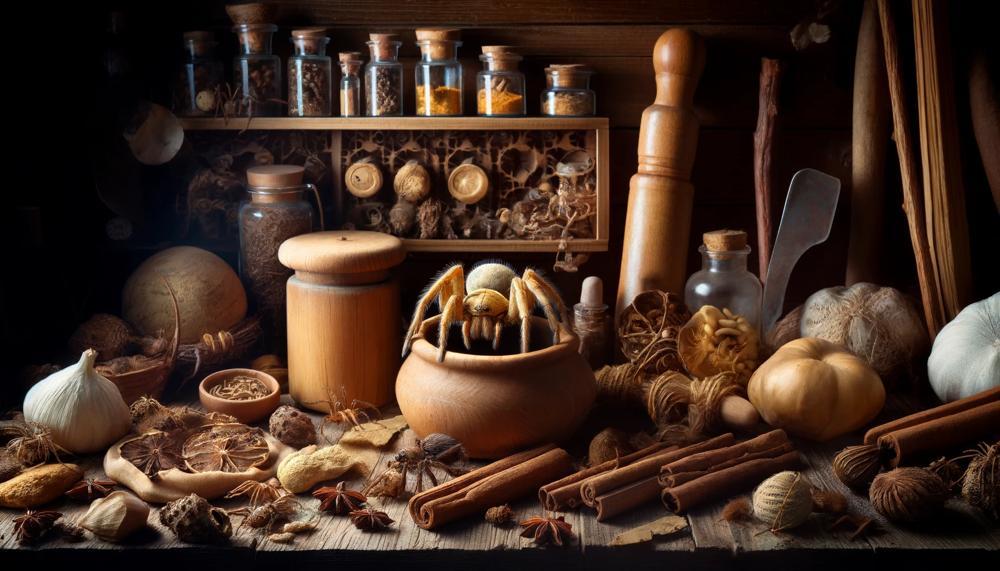
Absolutely, vacuuming and cleaning are effective ways to remove spider webs and eliminate hiding spots for cellar spiders. Here’s a step-by-step guide:
- Inspect Your Cellar: Start by inspecting your cellar for spider webs and hiding spots. Look in corners, under furniture, and around windows and doors.
- Vacuum the Webs: Use a vacuum cleaner with a hose attachment to suck up the spider webs. Be sure to reach into corners and other hard-to-reach areas where spiders may be hiding.
- Clean Hiding Spots: After vacuuming, clean the areas where you found spider webs. You can use a damp cloth or a mop with a mild detergent. This will remove any remaining spider silk and discourage spiders from returning.
- Eliminate Hiding Spots: Spiders love to hide in clutter, so keep your cellar tidy. Remove unnecessary items, organize your belongings, and regularly dust and clean the area.
- Regular Maintenance: Regularly repeat this process to keep your cellar spider-free. Remember, consistency is key when dealing with pests.
Diatomaceous Earth: A Natural Powder for Crawling Insect Control
Diatomaceous Earth (DE) is a natural, non-toxic substance that is very effective for controlling crawling insects. Here’s how it works and how to use it:
- What is Diatomaceous Earth? Diatomaceous Earth is made up of finely ground fossils from diatoms, a type of microscopic hard-shelled organism found in oceans, waterways, and soil throughout the world. This unique makeup creates a fine powder with highly abrasive and absorbent properties.
- How Does it Work? When insects and other pests come into contact with DE, the silica in the DE cuts into their exoskeletons and absorbs the oils and liquids inside, quickly dehydrating and killing them. One of the benefits of diatomaceous earth for insect control is that the insects have no way to build up a resistance to it.
- How to Apply Diatomaceous Earth? You can apply DE directly on the ground where pests are most likely to reproduce, or you can apply a light dusting to the plants themselves. DE must be reapplied after every rain or heavy dew to be effective4. It’s important to remember that wet DE does not have the drying, cutting effect that’s needed to work against pests.
- Safety Precautions Although DE is non-toxic, it might be accidentally inhaled when laying it out for pests. This isn’t hazardous but could irritate the nasal passages. If you inhale large amounts, it is likely to make you cough, and you may experience shortness of breath1. It can irritate sensitive skin. The powder is abrasive and can irritate the eyes.
Companion Creatures: Introducing Beneficial Insects and Predators
| Beneficial Insect/Predator | Benefits |
|---|---|
| Ground beetles | Voracious predators of cellar spiders and other small insects, including their eggs and larvae. |
| Rove beetles | Similar to ground beetles in their predatory habits and effectiveness against cellar spiders. |
| Springtails | Tiny, wingless insects that feed on decaying organic matter, including the webs and eggs of cellar spiders. |
| Lacewings | Both the adult and larval stages of lacewings prey on cellar spiders and other small insects. |
| Parasitic wasps | Lay their eggs in or on cellar spider eggs, effectively preventing them from hatching. |
Conclusion
Natural solutions beat basement spiders hands down. Techniques for excluding them block off their entry points, while the strong smell of essential oils keeps them away. Sticky traps catch them without hurting them, and washing and cleaning take down their webs and hiding places.
Diatomaceous earth, a tiny fighter, breaks down their exoskeletons, and companion animals, nature’s pest control team, eat them and their young.
All of these methods work together to make sure that your home stays a spider-free haven.

